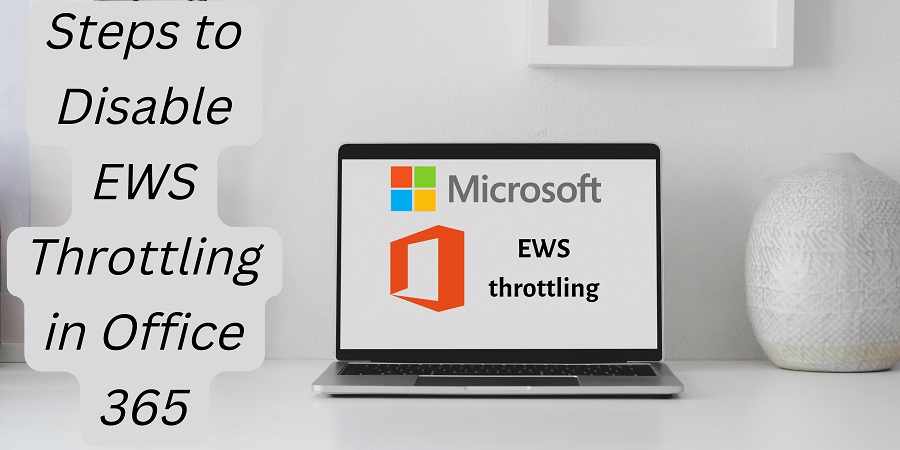Exchange web services or EWS throttling is an action performed by Microsoft to slow things down, like migrating data, rejecting requests, and disconnecting connections. EWS throttling is done to maintain the performance so that the user cannot use an extra amount of resources in Exchange Online.
Most businesses prefer using cloud platforms for their operations to run smoothly and have control of the operations. These services are provided by companies like Microsoft, HCL/IBM, Google, etc., with a huge infrastructure to provide services and support to millions of users. In this Guide, we will discuss What is EWS throttling and how to prevent and disable it? How to increase throttling policy for migrating data faster in Exchange Online?
Contents
What is EWS throttling(Exchange web services throttling) in Exchange Online?
EWS throttling is a task that Microsoft performs to prevent users from consuming an inadequate amount of resources. It is like a function of the requests’ numbers, frequency, and size. Throttling helps to ensure server performance by limiting the consumption of server resources by users or applications.
Office 365 migration, search operations, and backups are high resource consumable tasks and take time to complete. Migrating data from the big-size mailbox with large attachments and other data will likely trigger Exchange web services throttling to prevent server crashes and provide equal load distribution in Exchange Online.
How to Prevent EWS throttling in Office 365?
There are no proven steps to prevent EWS (exchange web services throttling) as Microsoft controls it. However, you can take some precautions to reduce its possibility.
- Always maintain a gap in multiple data migrations like PST to Office 365.
- Avoid performing other heavy tasks while performing a migration.
- Avoid multiple requests to the same mailbox while performing Office 365 backup.
- Always run a test before performing the migration.
- Do not back up or restore the same mailbox data frequently.
- If possible, keep minimum activities in the mailbox.
- Avoid exceeding the Exchange web services throttling concurrency limit.
How to Disable EWS throttling in Microsoft Office 365?
Perform the steps below to disable EWS (exchange web services) throttling in Office 365. By doing this, you can perform migration and backups faster. These steps will help you to increase throttling policy.
- Sign in to your Office 365 account using the Admin login credential.
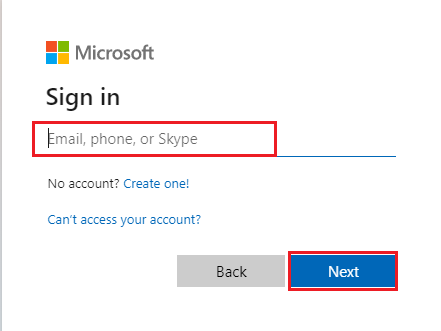
- Enter into the Admin section and click on show all.
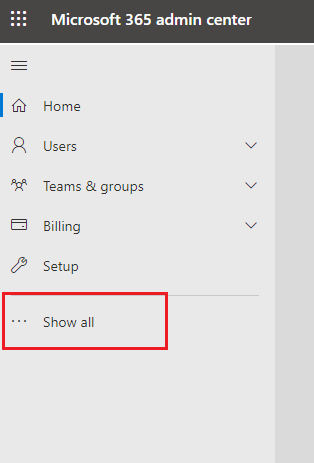
- Press on Support and then click on New Service request.
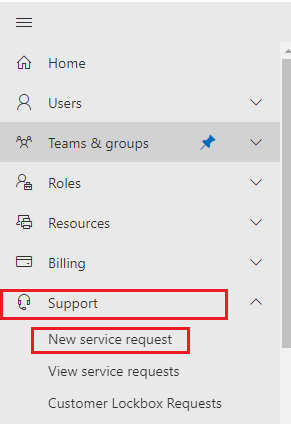
- A “How can we help?” window will open. Search throttling in it and click on “increase EWS throttling policy“.
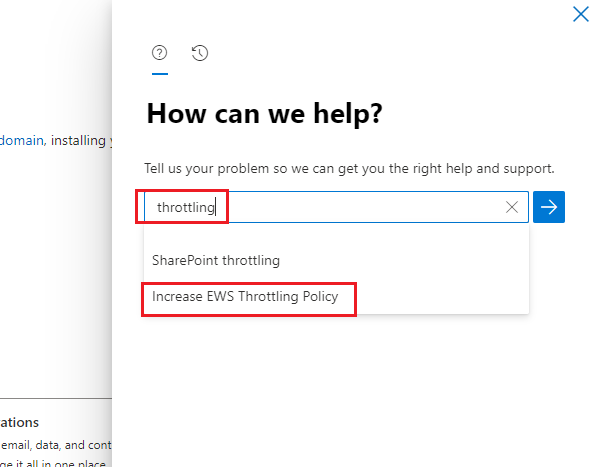
- Click Run Tests.
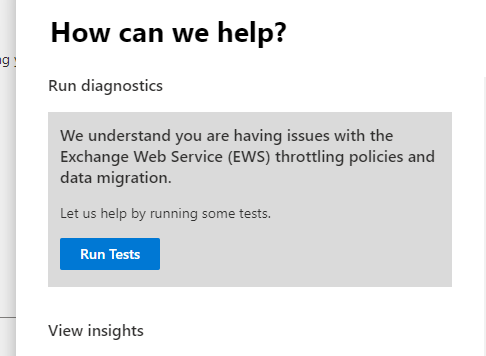
- It will run the test and display it like this.
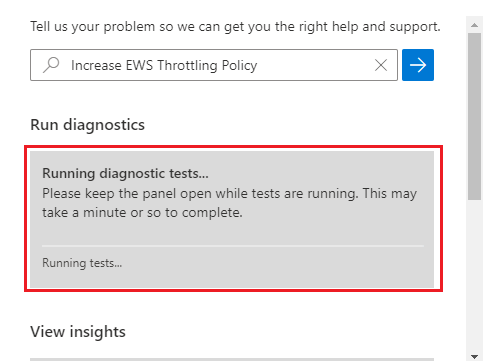
- If EWS is throttled, you will see the option to temporarily change your EWS throttling Policy; otherwise, it says not throttled. Select the duration and click on the update settings if throttled to stop it temporarily.
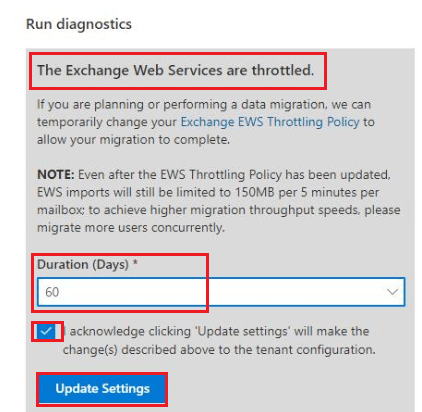
- A success message will appear showing the status of the Exchange web services throttling.
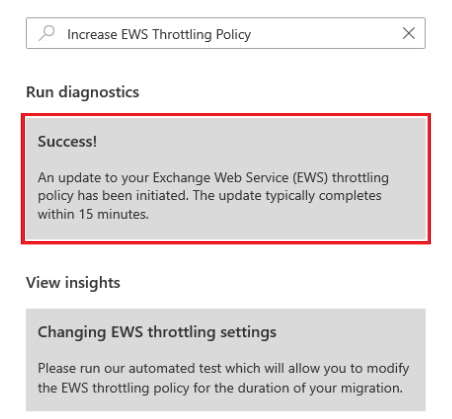
- Rerun test after some time to verify whether throttling is disabled.
I hope these steps have helped you with How to Disable EWS throttling in Office 365 and speed up the migration task.
By performing these steps, users can increase EWS throttling policy. EWS is a Microsoft Exchange Online service also known as Exchange web services.
Conclusion:
This Guide taught you about EWS throttling in Office 365 and how to disable and prevent it. How to increase EWS throttling policy? I hope this Guide was helpful for you and helped you in disabling Exchange web services throttling in your Office 365 account or Exchange Online.
You can also read the comparison between Office 365 and exchange On-premise

